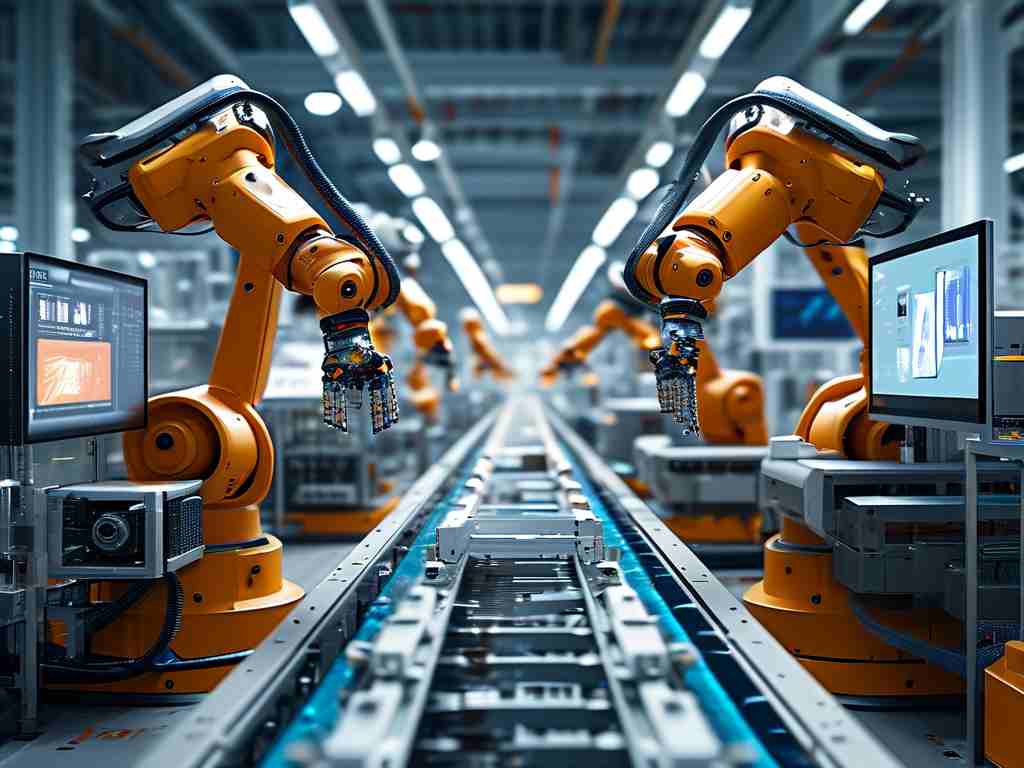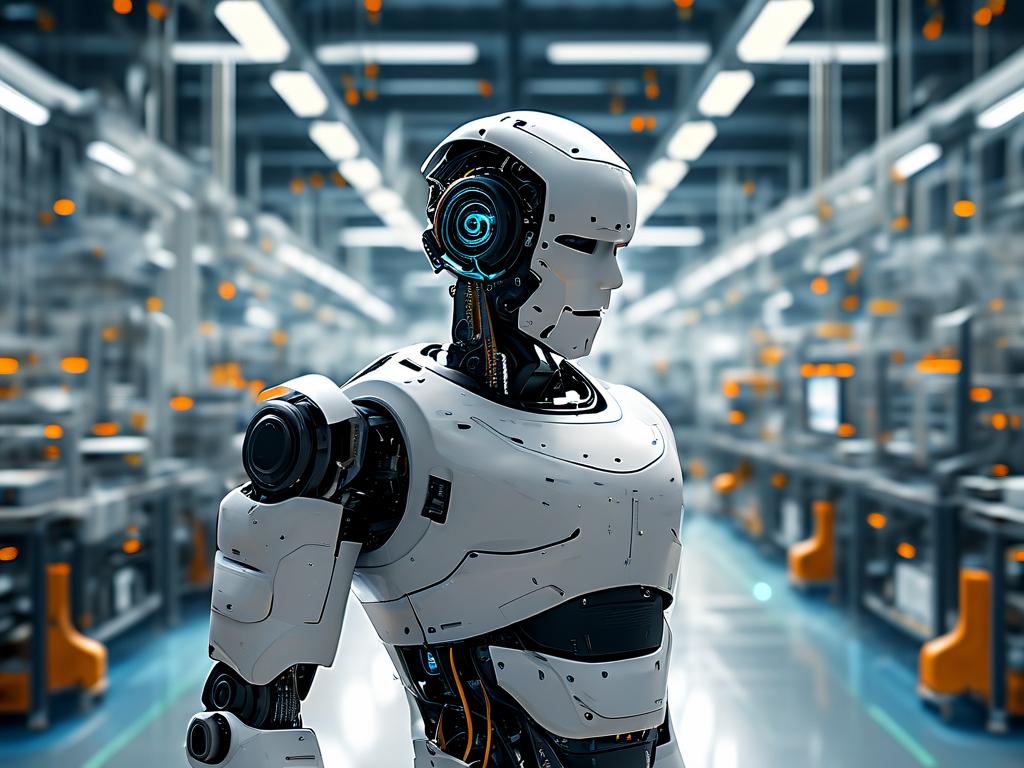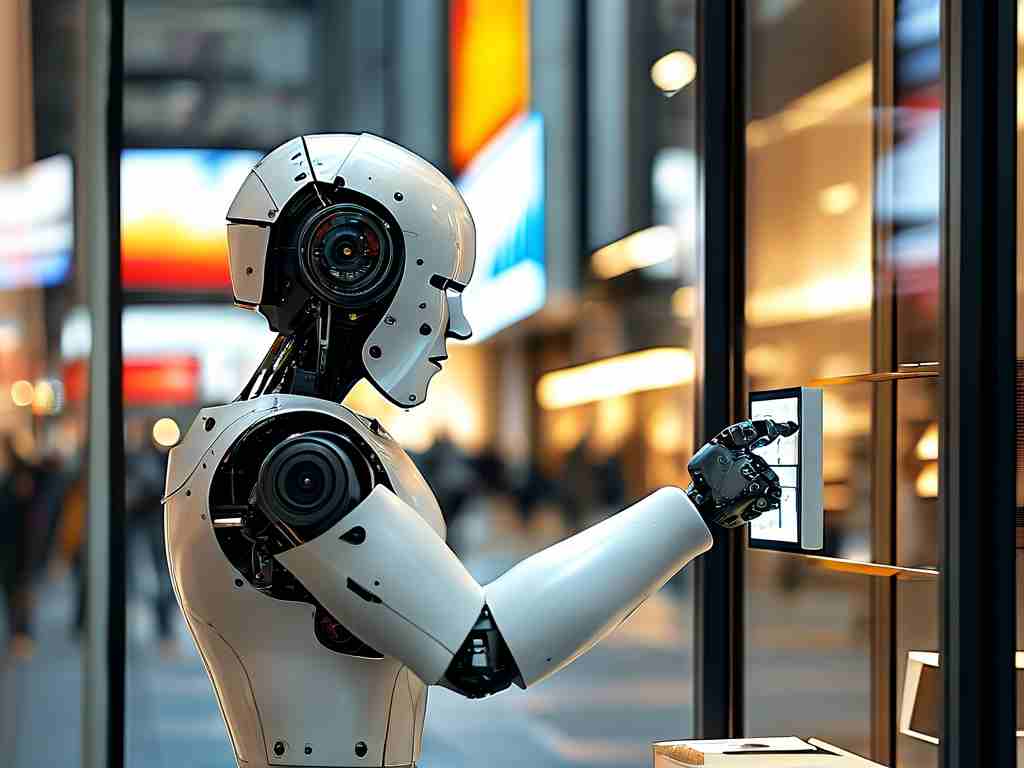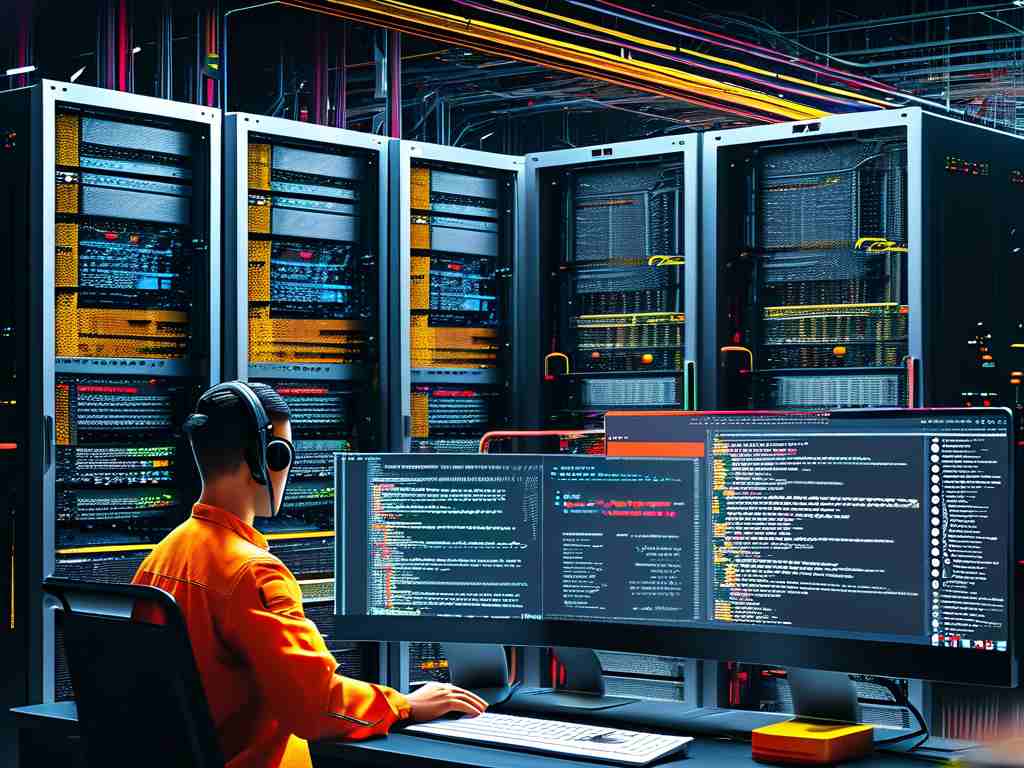The rapid evolution of Autonomous Mobile Robots (AMRs) is transforming industrial logistics, offering unprecedented flexibility in material handling. Unlike traditional automated guided vehicles (AGVs) that rely on fixed paths or magnetic strips, AMRs leverage advanced navigation systems to adapt dynamically to changing environments. This article explores the technical foundations, operational advantages, and emerging applications of this groundbreaking technology.
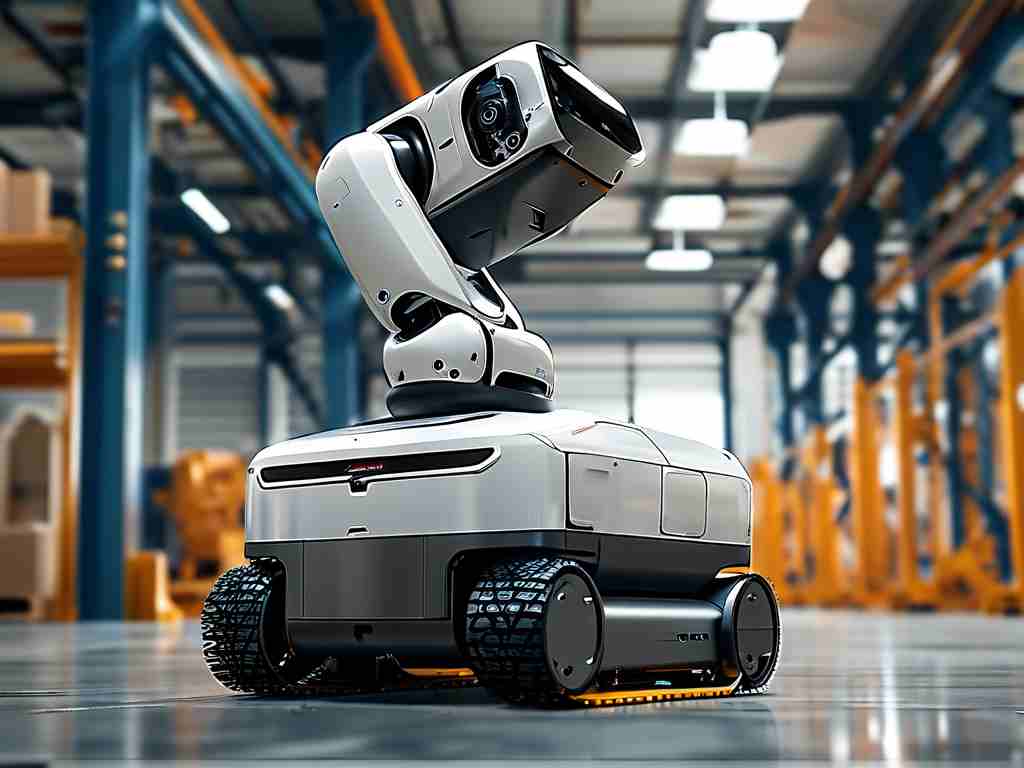
Core Navigation Technologies
AMRs employ a fusion of simultaneous localization and mapping (SLAM) algorithms, LiDAR sensors, and 3D vision systems to interpret surroundings. Through real-time data processing, these robots build spatial awareness while detecting obstacles as small as 5 cm in height. A pharmaceutical warehouse in Switzerland recently demonstrated this capability when AMRs rerouted around spilled packaging materials without human intervention, maintaining 99.6% operational uptime during critical shipments.
Energy Efficiency Breakthroughs
Modern AMRs utilize swappable battery systems that support 12+ hours of continuous operation. Predictive energy management software analyzes task schedules and traffic patterns to optimize power consumption. For instance, automotive manufacturer Tesla reported 40% reduction in energy costs after replacing conveyor belts with AMR fleets in their Nevada assembly plant. The robots automatically enter low-power mode during idle periods while maintaining network connectivity for instant task activation.
Human-Robot Collaboration
Safety-certified AMRs now incorporate millimeter-wave radar and pressure-sensitive bumpers that detect human presence within 360 degrees. In BMW's Leipzig facility, collaborative AMRs transport engine components alongside technicians, automatically reducing speed from 2 m/s to 0.5 m/s when workers approach within 2 meters. This symbiotic operation has increased production line efficiency by 28% while achieving zero safety incidents over 18 months.
Software Architecture
The brain of AMR systems lies in fleet management platforms like MiR Fleet and OTTO Motors' software. These systems enable:
# Sample task allocation algorithm
def assign_task(robot_fleet, current_jobs):
optimized_paths = calculate_routes(robot_fleet.sensors, current_jobs)
battery_levels = check_power_status(robot_fleet)
return optimize(optimized_paths, battery_levels, priority='urgent')
Such algorithms dynamically balance workloads while considering battery levels and delivery priorities. A case study from DHL's Rotterdam hub showed 60% faster order processing after implementing adaptive task scheduling.
Emerging Applications
Beyond manufacturing, AMRs are penetrating new markets. Hospital networks in Singapore deploy disinfection AMRs that autonomously sanitize patient rooms using UV-C light, achieving 99.9% pathogen elimination. In agriculture, modified AMRs with hyperspectral cameras monitor crop health across 50-acre fields, transmitting data to cloud analytics platforms.
Future Development Trends
Industry experts predict three key advancements by 2026:
- 5G-enabled AMRs with <10ms latency for real-time swarm coordination
- Self-diagnostic systems using vibration analysis to predict mechanical failures
- AI-driven "cognitive routing" that learns from historical traffic patterns
These innovations will further bridge the gap between fully automated and hybrid operational models. As AMR costs decrease by approximately 15% annually, SMEs are increasingly adopting this technology – a trend exemplified by Brazilian coffee exporter Carmo Coffees, which automated 80% of its warehouse operations using six AMRs.
Implementation Considerations
Successful AMR integration requires:
- Comprehensive WiFi 6/6E coverage for uninterrupted connectivity
- Regular sensor calibration cycles (recommended every 300 operational hours)
- Employee training programs focusing on exception handling
The technology does present challenges, particularly in environments with rapidly changing layouts. However, solutions like RFID floor tags and visual marker systems are proving effective in such scenarios.
As industries face growing demands for flexible automation, AMRs stand out as versatile solutions that combine artificial intelligence with mechanical precision. Their ability to continuously learn and adapt positions them as cornerstone technologies in the fourth industrial revolution, reshaping global supply chain dynamics one autonomous movement at a time.


